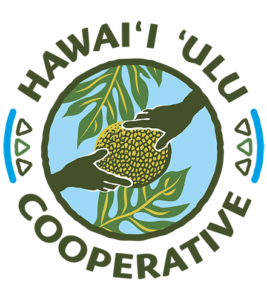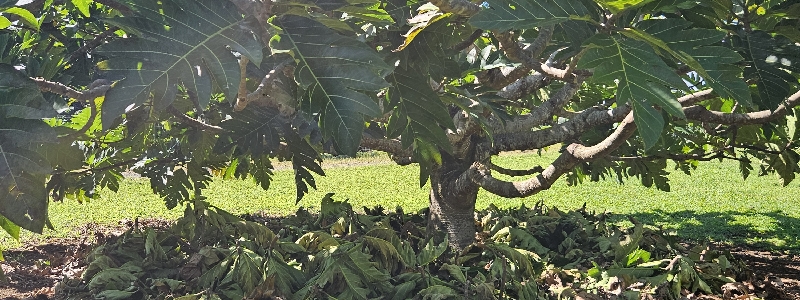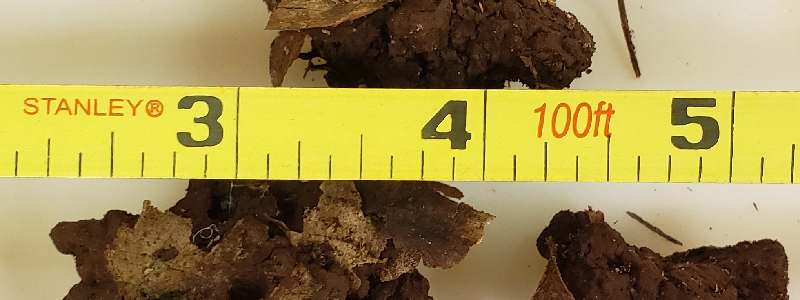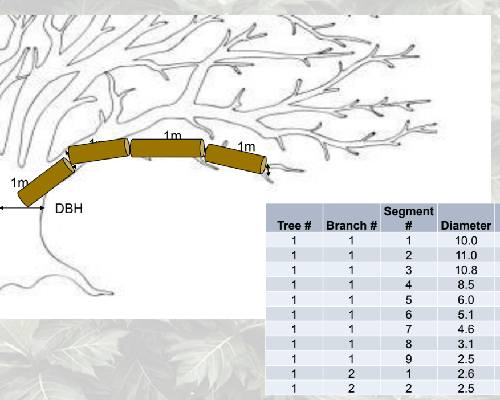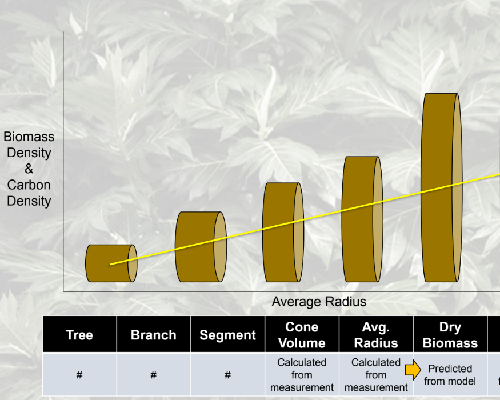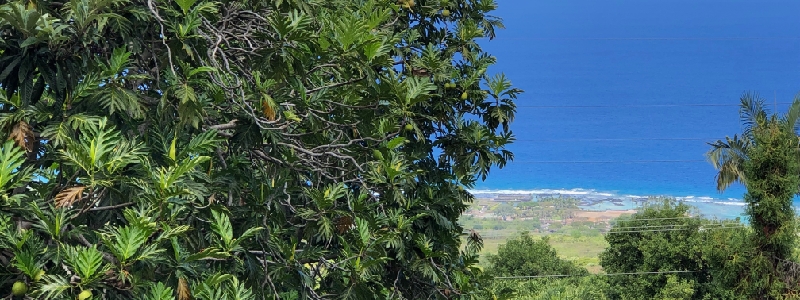Carbon Sequestration Potential of ʻUlu
The Hawai’i Ulu Co-op hosted a webinar with researchers from the University of Hawai’i to learn about a study they conducted to measure Carbon stored in breadfruit trees, and what their findings mean for the bigger picture of ‘ulu in Hawai’i. You can watch the full recording from January 12th, 2024 here.
Trees take in Carbon Dioxide and put out Oxygen, but have you ever wondered exactly how much CO2? and how exactly we’re able to measure this?
Researchers Chad Livingston and Dr. Noa Lincoln with UH CTAHR published their work on developing an allometric equation specifically for estimating carbon sequestration of ‘ulu trees in Hawai’i.
You can read the full article on their work here: Determining Allometry and Carbon Sequestration Potential of Breadfruit (Artocarpus altilis) as a Climate-Smart Staple in Hawai‘i
What is Carbon Sequestration? and why is it important?
Carbon sequestration can be defined as the capture and secure storage of carbon that would otherwise be emitted to, or remain in, the atmosphere. (Encyclopedia of Energy, 2004) As the international community looks to combate climate change by reducing carbon in the atmosphere, planting trees and developing food systems like Agroforestry that promote the uptake and storage of atmospheric carbon over the long-term are being viewed as a viable solution. When it comes to trees, the most common way of measuring carbon stored within them is by using something called an Allometric Equation.
What is an Allometric Equation?
Allometry is the rate at which one part of an organism changes relative to another part. For instance, how fast a tree trunk grows relative to it’s branches. An Allometric Equation is one that is used to calculate the correlation of one factor to another, say tree volume to carbon content. For this study, the researchers
collected detailed architectural measurements to estimate the total volume of unadulterated breadfruit trees, wood, and leaf samples from trunks and stems of various diameters to calculate wood density and carbon density, and leaf biomass to relate it to terminal branch size
So what does this mean for the ʻulu industry at large?
Having developed an allometric equation for breadfruit that provides a significant relationship between Carbon Density and branch radius, the researchers go on to explain how it can be used to calculate and extrapolate carbon sequestration over years and acres as breadfruit trees grow. This could allow the agricultural community to make informed decisions around promoting and utilizing ‘ulu for climate mitigating efforts. While the authors indicate that carbon markets today do not yet contribute a significant economic incentive for farmers, it may be possible in the future for farmers and industry stakeholders to leverage carbon sequestration estimates to garner support for projects planting ‘ulu trees.
The researchers wrap up the study with some insightful context, explaining that…
Contemporarily, breadfruit is often grown in agroforestry settings, supporting a broad range of ecological and social outcomes. Among the enhanced benefits of diversified agroforestry include additional carbon sequestration in both biomass and soil carbon stocks. While the study of breadfruit allometry provides a starting point for understanding carbon in such systems, additional work is essential to support agricultural transitions to more sustainable systems of food production.
We are very grateful for the work being done through UH CTAHR to further our understanding of ʻulu, and to researchers Chad Livingston and Dr. Noa Lincoln for their generous knowledge sharing. Support their work and read their full Breadfruit Carbon Sequestration study. E ʻUlu!
